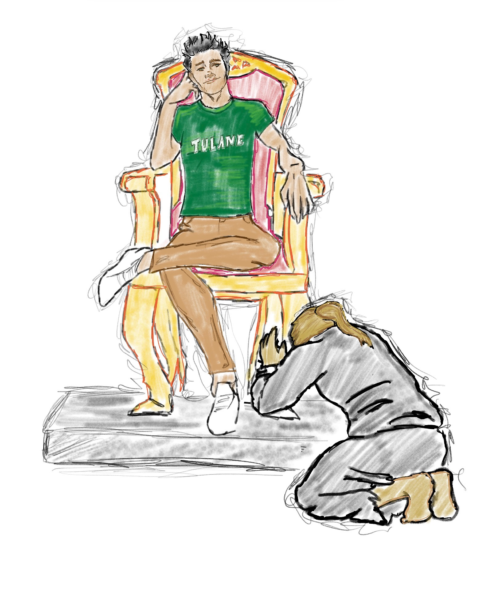Where are all the men? This may seem like a rather arbitrary question at Tulane University, which boasts almost 14,000 students. Yet a further look into Tulane’s metrics reveals a gender distribution of 64% female students to 36% male.

Susan Dominus recently addressed the same statistic in an article for The New York Times which fixated on Tulane. The article addressed the gender gap present at Tulane and other universities.
But when looking at the reasoning behind this issue and the ways to fix it, perhaps the issue is normal. A larger percentage of female students is consistent with national trends, yet as most colleges try to keep their rates to an even 50/50 percentage, Tulane’s ratio stands out.
In 1980, women first matched male enrollment rates at universities. But by 2019, the average female-to-male ratio in four-year universities reached 1.3. In her article, Dominus explains that many colleges grapple to keep the gender ratio even in an effort to eradicate fears that if a gender distribution ratio becomes too extreme at any co-ed university, “[both] genders will inevitably lose interest in attending.”
Tulane is not exempt from outcry regarding its uneven gender ratio. Many students argue that an uneven distribution of women to men on a college campus prohibits a natural social dynamic and prevents healthy relationships between students.
“I feel like the gender ratio makes it very difficult for me and a lot of women I know to make platonic male friendships because there is a broadened sense of ‘hookup culture’ due to an uneven and unnatural ratio,” Tulane sophomore Esme O’Neill said. She said that the social implications of having an uneven gender ratio created a very “palpable” issue on campus, which had affected her and many of her peers, and noticeably reduced many of her peers’ self-esteem.
Looking at Tulane’s campus and the uneven split between men and women begs the question: should Tulane emphasize admitting men?
As addressed by Dominus, the solution to this question involves a different type of affirmative action, one that factors gender into account when looking at applicants. Many schools around the country, particularly smaller ones, have begun to invest in more “male-interested” programs in order to increase male applicants. To reverse the general trend of the country and keep universities at a 50/50 gender distribution, Tulane admission counselors must inevitably turn down qualified female candidates in favor of less-qualified male candidates.
Tulane told The New York Times it is “an equal-opportunity educator” and said “the notion that Tulane has lower admission or academic standards for its male applicants versus its female applicants is completely false and without merit.”
The university’s uneven statistics show that the school likely does not favor men over women in the admissions process. While the social ramifications of such a gender ratio are palpable throughout the school, increasing the male attendance would simultaneously mean denying women who are equally, if not more, qualified. The trend is not one that is unique to Tulane’s campus, but rather a national trend which Tulane, unlike other college campuses, has let reflect through its student body makeup.
Perhaps a better solution would be earlier intervention to educate and motivate more men to apply to higher education. Starting early in high schools through literacy programs, more preparation towards college would encourage more men to apply to universities and help even the percentage of male to female applicants, before it even reaches the admissions desk. After all, shouldn’t students want a university that prioritizes admitting its most qualified candidates and not just those who fulfill a quota?


